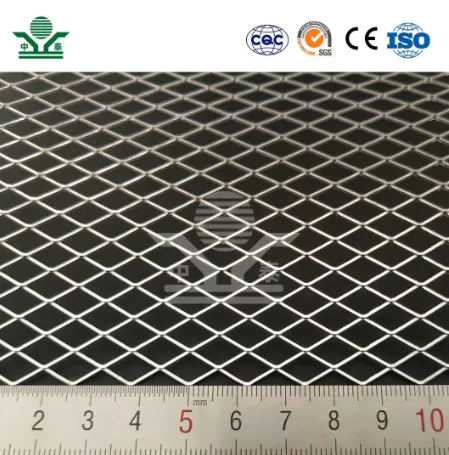The Importance of Stair Grating in Modern Architecture and Design
Stair grating, a vital component in modern architectural design, serves both functional and aesthetic purposes. As urban spaces become more complex, the demand for innovative building solutions that ensure safety and style has grown significantly. Stair grating, often crafted from materials such as steel, fiberglass, or aluminum, provides essential benefits that enhance both the user experience and the structural integrity of a building.
One of the primary functions of stair grating is its ability to promote safety. In environments where wet or slippery surfaces are common, such as industrial settings, outdoor stairways, or public spaces, grating provides a non-slip surface that minimizes the risk of accidents. The open design of stair grating allows for quick drainage of water and other contaminants, reducing hazards caused by puddles or ice formation. This practical aspect is crucial in maintaining the safety of pedestrians and users, ensuring their well-being while navigating different levels of a structure.
Furthermore, stair grating is an integral part of maintaining proper ventilation and light flow in a building. In industrial applications, the ventilation provided by grating allows for better airflow, which is essential in preventing overheating and maintaining optimal working conditions. In architectural design, the transparency of grating can serve to enhance natural light accessibility, creating a bright and inviting atmosphere. This design feature not only aids visibility but also contributes to energy efficiency in buildings by reducing the need for artificial lighting during the day.
stair grating

In terms of aesthetic appeal, stair grating offers versatility in design. Available in various patterns and colors, grating can be customized to complement a building's overall architectural vision. Whether it’s a sleek, modern high-rise or a rustic, industrial loft, stair grating can enhance the visual interest and character of a space. Designers can make a bold statement by selecting unique shapes and finishes, transforming what is traditionally perceived as a mundane feature into a striking design element.
Sustainability is another significant aspect where stair grating shines. Many manufacturers prioritize eco-friendly materials and production processes. Gratings made from recycled materials not only reduce waste but also support green building initiatives. Additionally, the longevity and durability of stair grating mean that replacements are less frequent, further decreasing environmental impact. By opting for stair grating, architects and builders can contribute to creating greener, more sustainable urban landscapes.
Moreover, the ease of installation and maintenance associated with stair grating makes it an appealing choice for both builders and property owners. Less cumbersome than traditional solid stair materials, grating can be installed more quickly and efficiently. Maintenance is straightforward, often requiring little more than periodic cleaning to ensure optimal performance and safety.
In conclusion, stair grating plays a multifaceted role in modern architecture and design. By enhancing safety, improving ventilation, offering aesthetic flexibility, promoting sustainability, and ensuring ease of maintenance, stair grating proves to be an essential element in contemporary building practices. As we continue to innovate in the realms of architecture and urban design, the significance of stair grating will undoubtedly grow, reflecting our evolving needs and priorities.
-
Trusted Expanded Metal Mesh For All Projects
NewsMay.08,2025
-
Stainless Steel Expanded Metal for Versatile Uses
NewsMay.08,2025
-
Reliable Steel Grating Choices
NewsMay.08,2025
-
Perforated Sheet Metal for Every Need
NewsMay.08,2025
-
Heavy Duty Expanded Metal Mesh for Robust Solutions
NewsMay.08,2025
-
Expanded Aluminum Metal for Versatile Applications
NewsMay.08,2025
Subscribe now!
Stay up to date with the latest on Fry Steeland industry news.

